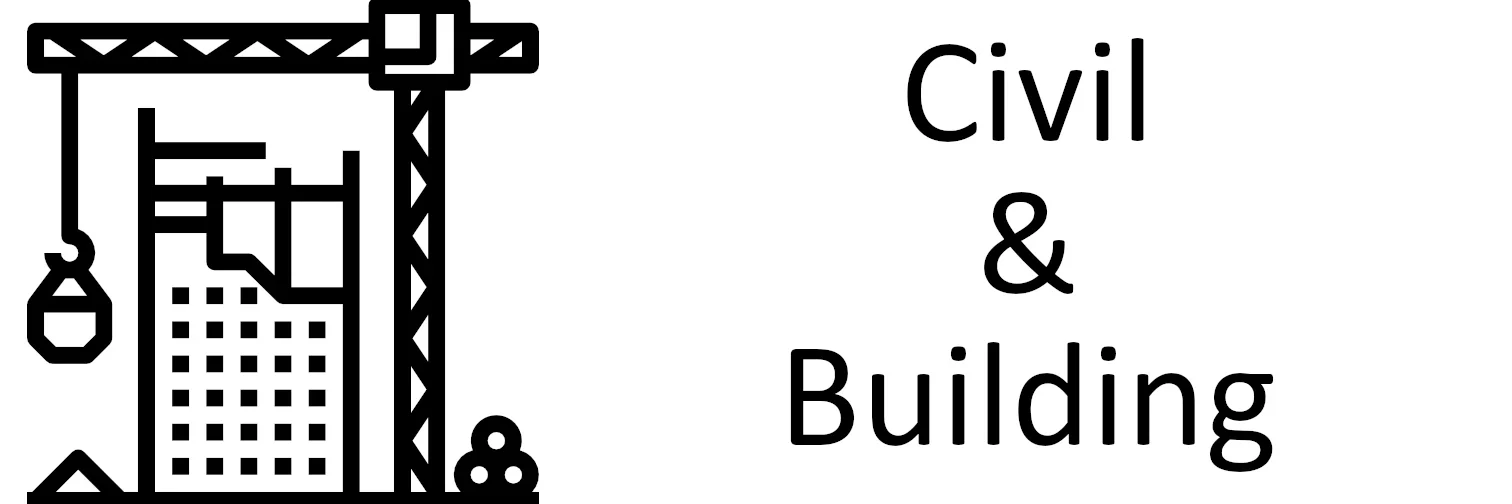Concrete Testing Techniques: Guaranteeing Excellence and Sturdiness
First Off
The foundation of contemporary construction is concrete. Because of its strength, resilience, and adaptability, it is the preferred material for a variety of constructions, including roads, bridges, buildings, and dams. But strict testing procedures are needed to guarantee the durability and quality of concrete constructions. We’ll go into the significance of concrete testing, the different approaches employed, and how they support the building of dependable, long-lasting infrastructure in this blog.
The Importance of Testing Concrete
Cement, water, aggregates, and frequently admixtures are combined to create concrete, a composite material. Although construction techniques and mix design are important, concrete’s real-world performance might differ greatly. Its long-term endurance may be impacted by variables such the quality of the material, the curing environment, and exposure to the elements. This is the point at which concrete testing is crucial.
- Quality Assurance: A crucial part of quality assurance is concrete testing. It assists in guaranteeing that the concrete mix complies with industry standards and rules and fulfills the designated design criteria.
- Durability: Concrete constructions have to be resilient to a range of stresses, such as mechanical loads, temperature changes, exposure to harsh chemicals, and weather. To determine how long concrete will last and to evaluate its durability, testing is necessary.
- Safety: A lot of structures, such buildings and bridges, have to adhere to load-bearing and safety requirements. Testing concrete aids in confirming that the material is capable of supporting the desired loads without failing.
Methods for Testing Concrete
A variety of testing techniques are used to evaluate the characteristics and functionality of concrete. These are a few of the most typical ones:
- Compression Test: One essential characteristic of concrete that shows its capacity to bear axial stresses is its compressive strength. Until they break, specimens that are cylinder- or cube-shaped are subjected to progressively higher stresses. To guarantee the structural integrity of concrete, this test is essential.
- Flexural Test: Often referred to as a bending test, this evaluates the concrete’s resistance to tensile or bending pressures. It is particularly crucial for applications such as beams and pavements.
- Splitting Tensile Test: This test uses a radial force applied to a cylindrical specimen to determine the tensile strength of concrete. It aids in determining how resilient the material is against fracture when subjected to tensile pressures.
- Non-Destructive Testing (NDT): Non-destructive testing techniques, like electromagnetic cover meters, rebound hammer tests, and ultrasonic testing, are used to evaluate the structural integrity of in-place concrete without causing any damage to it. NDT is useful for assessing already-existing structures.
- Permeability Test: One of the main components of concrete’s longevity is its ability to withstand the infiltration of liquids such as water. Testing for permeability determines the material’s ease of permeation, which may have an effect on embedded steel reinforcement corrosion.
- Tests for the Presence of Chloride and Sulfate Ions in Concrete: These tests identify the presence of these ions in concrete, which can cause surface degradation and reinforcing corrosion. Keeping an eye on these ions aids in deterioration prediction and prevention.
- Shrinkage and Creep Tests: These tests assess how concrete deforms and changes in volume over time. It is crucial to comprehend creep and shrinkage in order to avoid cracking and guarantee long-term stability.
In summary
Modern building relies heavily on concrete testing to make sure the structures are strong, safe, and function as intended. Engineers and contractors may evaluate the quality of concrete at every stage of its life cycle, from the batching plant to the construction site and beyond, by combining destructive and non-destructive testing techniques. Extensive testing contributes to the safety and sustainability of our built environment while also protecting investments in construction projects. In a world where infrastructure is essential to our everyday existence, concrete testing is a crucial instrument for guaranteeing the strength and longevity of our buildings.
